Home>Articles>How Much Electricity Does A Water Dispenser Use
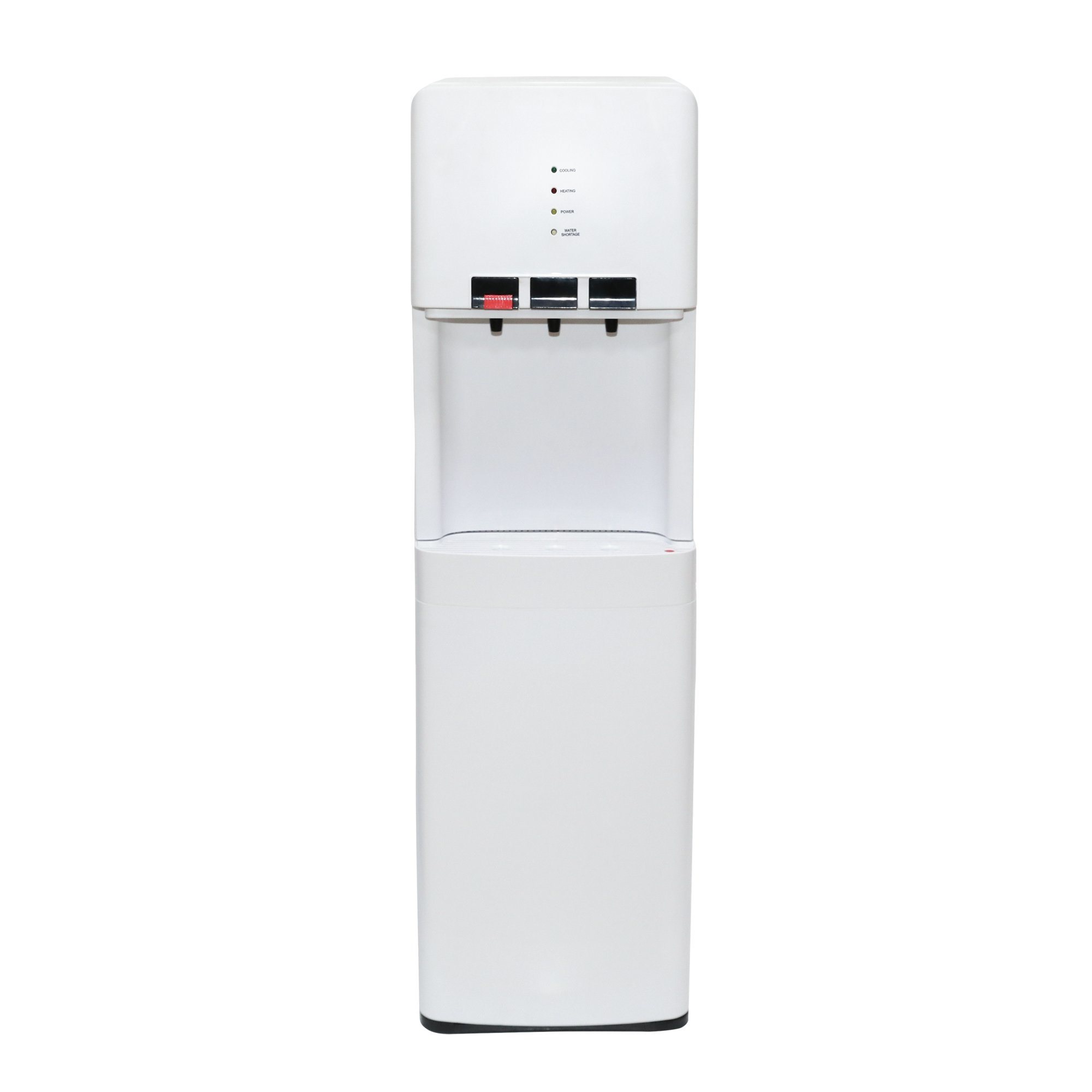

Articles
How Much Electricity Does A Water Dispenser Use
Modified: August 23, 2024
Discover how much electricity water dispensers consume with our informative articles. Gain insights into energy-saving techniques and choose the most efficient device for your needs.
(Many of the links in this article redirect to a specific reviewed product. Your purchase of these products through affiliate links helps to generate commission for Storables.com, at no extra cost. Learn more)
Introduction
Water dispensers have become an essential appliance in many homes and offices, providing convenient access to clean drinking water. However, one common concern among users is the amount of electricity these dispensers consume and its impact on monthly bills. Understanding the electricity usage of water dispensers is crucial for making informed decisions about energy conservation and cost savings.
In this article, we will explore various factors that affect the electricity consumption of water dispensers, delve into average power consumption figures, and provide some energy-efficient practices to minimize their environmental footprint and lower electricity bills.
Whether you’re a homeowner looking for sustainability or an office manager focused on cost-effective operations, this article will equip you with the necessary information to make educated choices regarding water dispenser usage.
So, let’s dive in and learn about the electricity consumption of water dispensers and practical ways to optimize their energy usage.
Key Takeaways:
- Understanding the electricity consumption of water dispensers is crucial for making informed decisions about energy conservation and cost savings. Factors such as type, size, insulation, and usage habits impact energy usage.
- Implementing energy-efficient practices, such as setting optimal temperature levels, utilizing timer functions, and choosing energy-efficient models, can significantly reduce the electricity consumption of water dispensers while contributing to a more sustainable environment.
Understanding Water Dispensers
Water dispensers are appliances that provide a convenient way to access both hot and cold water. They typically consist of a water storage tank, a heating element, a cooling system, and a faucet or dispenser mechanism. Water dispensers are available in various types, including bottle-fed, plumbed-in, and countertop models.
Bottle-fed water dispensers require manually loading water bottles onto the dispenser, while plumbed-in dispensers are connected directly to the water supply, ensuring a continuous flow of water. Countertop models are compact and designed to sit on a kitchen counter or tabletop.
Water dispensers are equipped with heating and cooling systems to offer hot and cold water on-demand. The heating mechanism heats water to a specific temperature using an electric heating element, while the cooling system chills the water in the storage tank, maintaining a low temperature for refreshing cold water.
Some water dispensers also offer additional features such as filtration systems to remove impurities from the water, ensuring a clean and safe drinking supply.
Understanding the different types and features of water dispensers is crucial in determining their electricity consumption. Different models and configurations may have varying power requirements, resulting in different levels of energy usage.
Now that we have a basic understanding of water dispensers, let’s explore the factors that affect their electricity consumption.
Factors Affecting Electricity Consumption
Several factors can influence the electricity consumption of water dispensers. By understanding these factors, users can make informed decisions about their usage and implement energy-saving strategies.
1. Type of Water Dispenser: The type of water dispenser plays a significant role in its electricity consumption. Plumbed-in dispensers that directly connect to the water supply typically consume less electricity compared to bottle-fed models. This is because bottle-fed dispensers often need additional energy to pump and cool the water from the bottles.
2. Size and Capacity: The size and capacity of a water dispenser can impact energy usage. Larger models with larger storage tanks may require more energy to heat or cool a greater volume of water. It’s important to choose a dispenser size that meets your needs without excessive energy consumption.
3. Insulation Efficiency: The insulation efficiency of a water dispenser can affect its energy consumption. Well-insulated dispensers are more effective at retaining the desired temperature of the water, minimizing the need for the heating or cooling mechanisms to run frequently.
4. Ambient Temperature: The surrounding ambient temperature can also influence the energy consumption of a water dispenser. Higher ambient temperatures may cause the cooling system to work harder to maintain cold water, leading to increased electricity usage.
5. Frequency of Use: The frequency at which a water dispenser is used can impact its electricity consumption. Frequent use can result in more energy being utilized to heat or cool the water, while less frequent use can lead to lower energy consumption.
6. Features and Settings: Some water dispensers come with additional features and settings that can affect energy usage. For example, dispensers with adjustable temperature controls allow users to set their preferred hot or cold water temperature. Higher temperature settings may require more energy to heat the water.
7. Maintenance and Care: Regular maintenance and care of the water dispenser can optimize its energy efficiency. Cleaning the dispenser regularly, checking for leaks, and replacing worn-out parts can ensure that the appliance operates at peak performance, reducing unnecessary energy waste.
By considering these factors, users can make conscious choices to minimize the electricity consumption of their water dispensers. In the next section, we will explore the average power consumption of water dispensers to provide a better understanding of their energy usage.
Consider using a water dispenser with an energy-saving mode or timer to reduce electricity usage. Additionally, keeping the dispenser clean and well-maintained can help optimize its energy efficiency.
Average Power Consumption of Water Dispensers
The average power consumption of water dispensers can vary based on various factors, including the type of dispenser, size, temperature settings, insulation efficiency, and usage patterns. However, we can provide a general range of power consumption to give you an idea of what to expect.
For bottle-fed water dispensers, the average power consumption can range from 100 to 800 watts. The energy usage depends on the size of the dispenser, the efficiency of the cooling and heating systems, and the frequency of use. Smaller countertop models typically consume less power than larger bottle-fed dispensers.
Plumbed-in water dispensers usually have a lower power consumption range, ranging from 50 to 500 watts. Since these models are directly connected to the water supply, they don’t require additional energy for pumping and cooling water from bottles.
In terms of energy usage, the heating function typically consumes more power compared to the cooling function. This is because heating water requires more energy to raise the temperature to the desired level, while cooling water requires maintaining a consistent low temperature.
It is worth noting that these figures are average estimations and can vary depending on the specific make and model of the water dispenser. It is always recommended to refer to the manufacturer’s specifications and energy labels for accurate information on the power consumption of a particular model.
To estimate the electricity cost of operating a water dispenser, you can multiply the power consumption (in watts) by the operating hours and the electricity rate charged by your utility provider. This can help you understand the impact of your water dispenser on your monthly electricity bill and make informed decisions to reduce energy usage.
Now that we have a better understanding of the average power consumption of water dispensers, let’s explore some energy-efficient practices that can help reduce their environmental impact and save on electricity costs.
Energy-efficient Practices for Water Dispensers
Implementing energy-efficient practices can significantly reduce the electricity consumption of water dispensers. By following these tips, you can minimize your environmental impact and save on your energy bills:
- 1. Set Optimal Temperature: Adjust the temperature settings of your water dispenser to the optimal levels. Avoid excessively high temperatures for hot water and keep the cooling temperature moderate. This helps reduce the energy required for heating and cooling.
- 2. Utilize Timer Functions: If your water dispenser has a timer function, take advantage of it. Set timers to activate the heating or cooling functions only during the times when the dispenser is most frequently used. This reduces energy waste when the dispenser is not in use.
- 3. Keep Dispenser Clean: Regularly clean your water dispenser, including the storage tank and faucet. Build-up of mineral deposits and impurities can reduce the efficiency of the heating and cooling mechanisms, leading to higher energy consumption. Refer to the manufacturer’s instructions for proper cleaning procedures.
- 4. Insulate the Dispenser: If your water dispenser is not well-insulated, consider adding insulation to minimize heat loss or gain. This ensures that the heating and cooling systems don’t have to work harder to maintain the desired water temperature.
- 5. Choose Energy-efficient Models: When purchasing a new water dispenser, opt for models with energy-efficient features. Look for Energy Star certified appliances that meet strict energy efficiency standards and provide substantial energy savings.
- 6. Consider Advanced Filtration Systems: Instead of using a separate water filter, consider investing in a water dispenser with an advanced filtration system. This eliminates the need for separate filters and reduces energy consumption associated with filtration.
- 7. Opt for Plumbed-in Dispensers: If feasible, choose a plumbed-in water dispenser that connects directly to the water supply. These dispensers eliminate the need for bottle loading and reduce energy consumption related to pumping and cooling water.
- 8. Adjust Usage Habits: Encourage users to be mindful of their water dispenser usage habits. Promote turning off the dispenser when not in use and avoiding excessive heating or cooling cycles.
By incorporating these energy-efficient practices, you can significantly reduce the electricity consumption of your water dispenser without compromising its functionality or convenience. Not only will you save money on energy bills, but you will also contribute to a more sustainable environment.
Now, let’s conclude our discussion.
Conclusion
Water dispensers offer a convenient and accessible way to enjoy clean drinking water, both hot and cold. However, understanding the electricity consumption of these appliances is essential for making informed decisions regarding energy efficiency and cost savings.
In this article, we explored the various factors that affect the electricity consumption of water dispensers, including the type of dispenser, size, insulation efficiency, ambient temperature, and frequency of use. We also discussed the average power consumption of different types of water dispensers, providing a general range to give users an idea of what to expect.
To minimize energy usage and lower electricity bills, we shared some energy-efficient practices for water dispenser users. These practices include setting optimal temperature levels, utilizing timer functions, keeping the dispenser clean, insulating the dispenser, choosing energy-efficient models, considering advanced filtration systems, and adjusting usage habits.
By implementing these practices, users can reduce their environmental impact and save on energy costs without compromising the convenience and functionality of their water dispensers.
Remember, while the average power consumption figures and energy-saving practices provided in this article serve as general guidelines, it is important to refer to the specific manufacturer’s specifications and energy labels for accurate information about your water dispenser’s energy usage.
Using energy-efficient practices not only benefits your wallet but also contributes to a more sustainable future by conserving energy and reducing greenhouse gas emissions.
We hope that this article has provided valuable insights into the electricity consumption of water dispensers and empowered you to make eco-friendly choices when it comes to using these appliances in your daily life.
Thank you for reading!
Frequently Asked Questions about How Much Electricity Does A Water Dispenser Use
Was this page helpful?
At Storables.com, we guarantee accurate and reliable information. Our content, validated by Expert Board Contributors, is crafted following stringent Editorial Policies. We're committed to providing you with well-researched, expert-backed insights for all your informational needs.
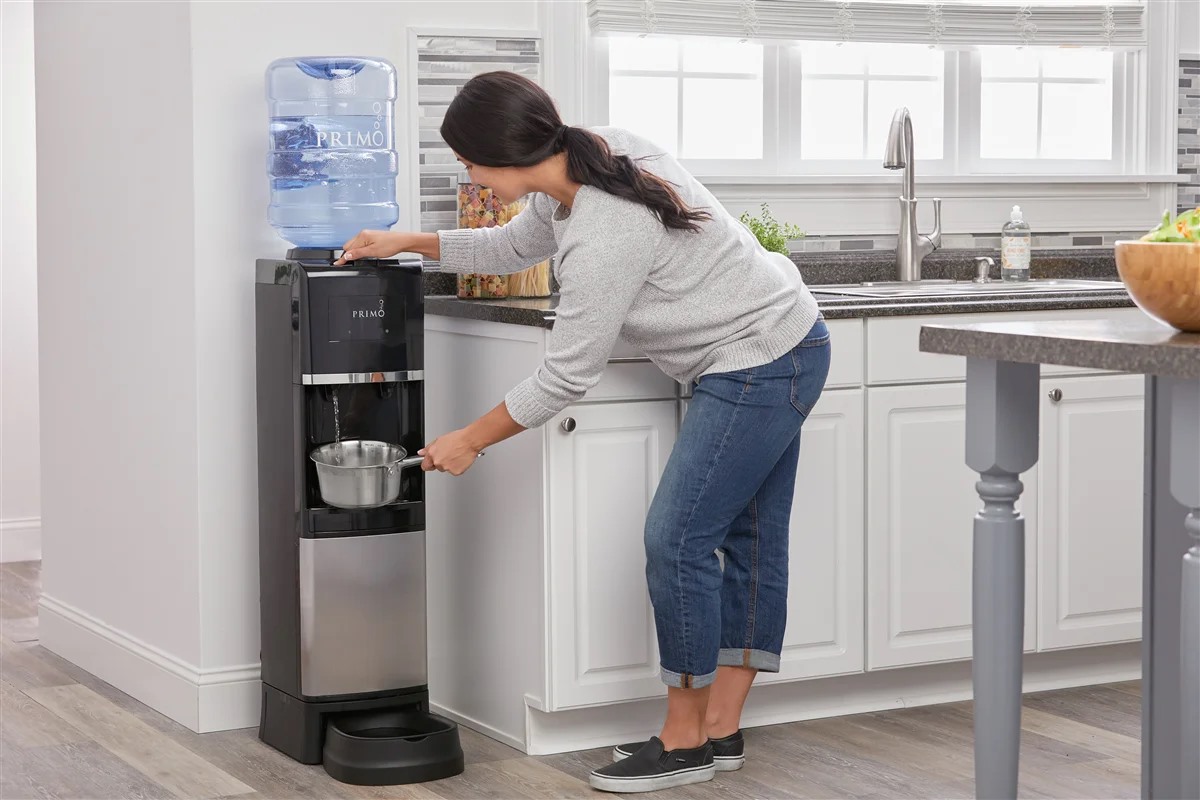
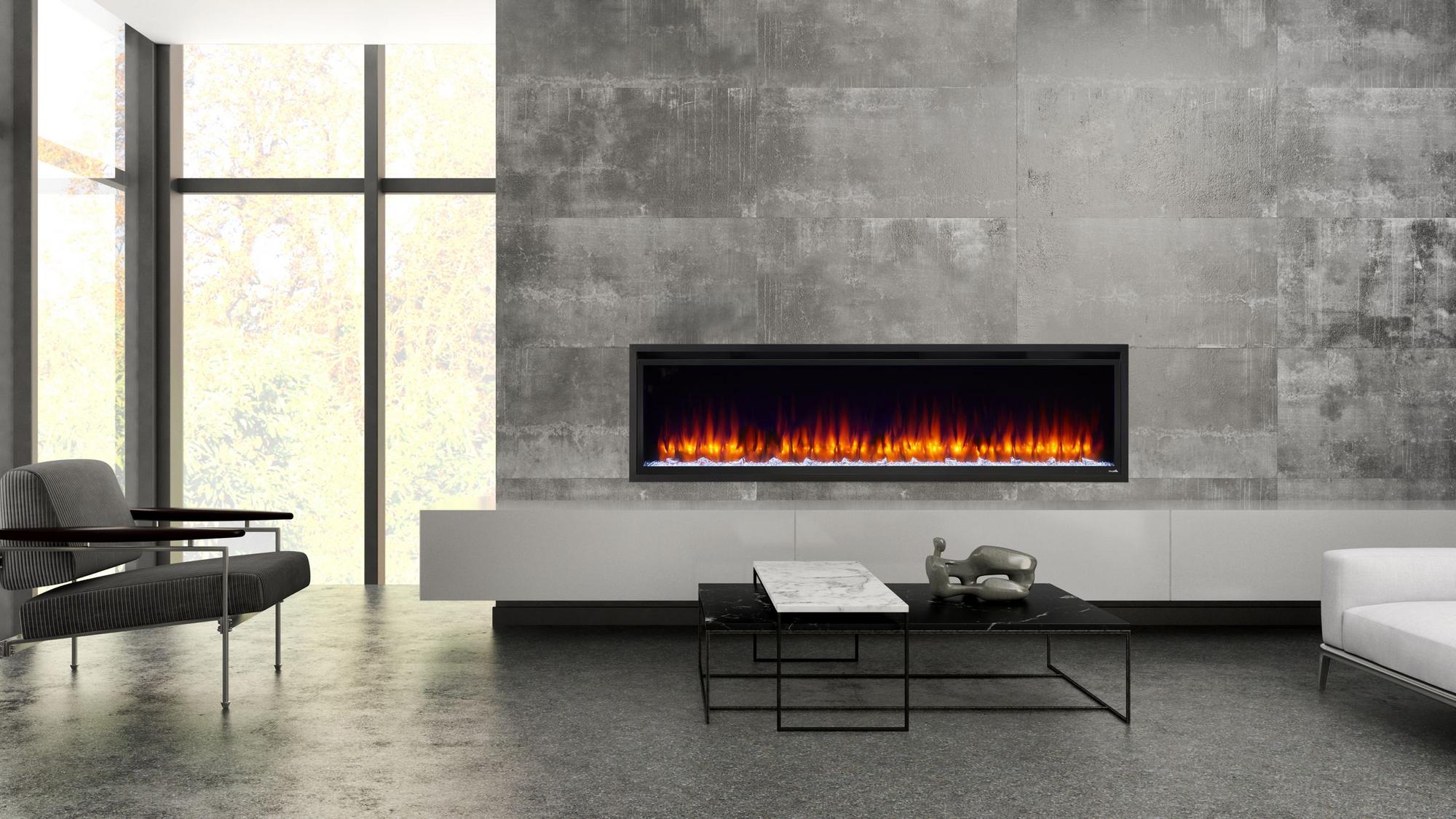
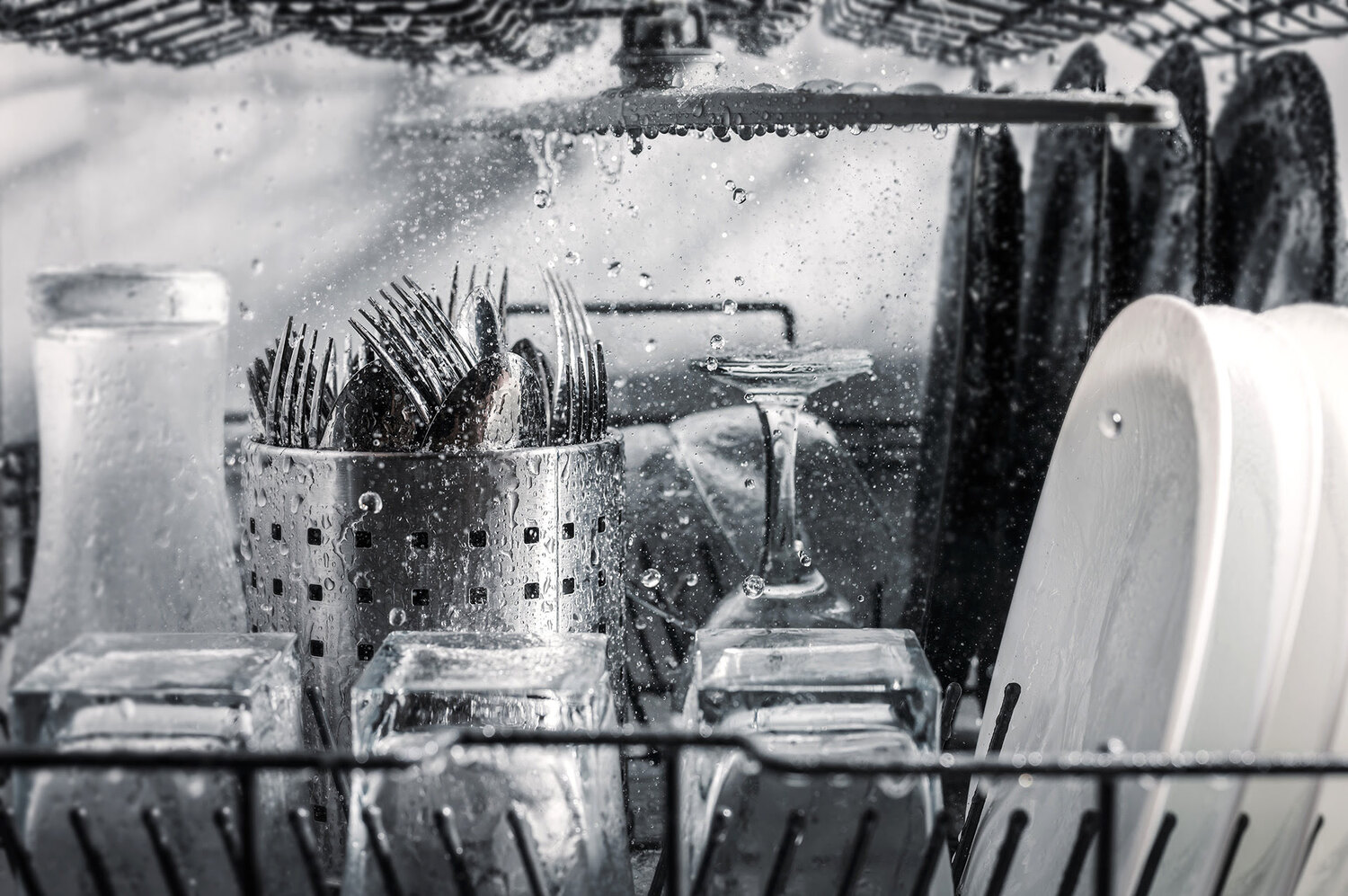
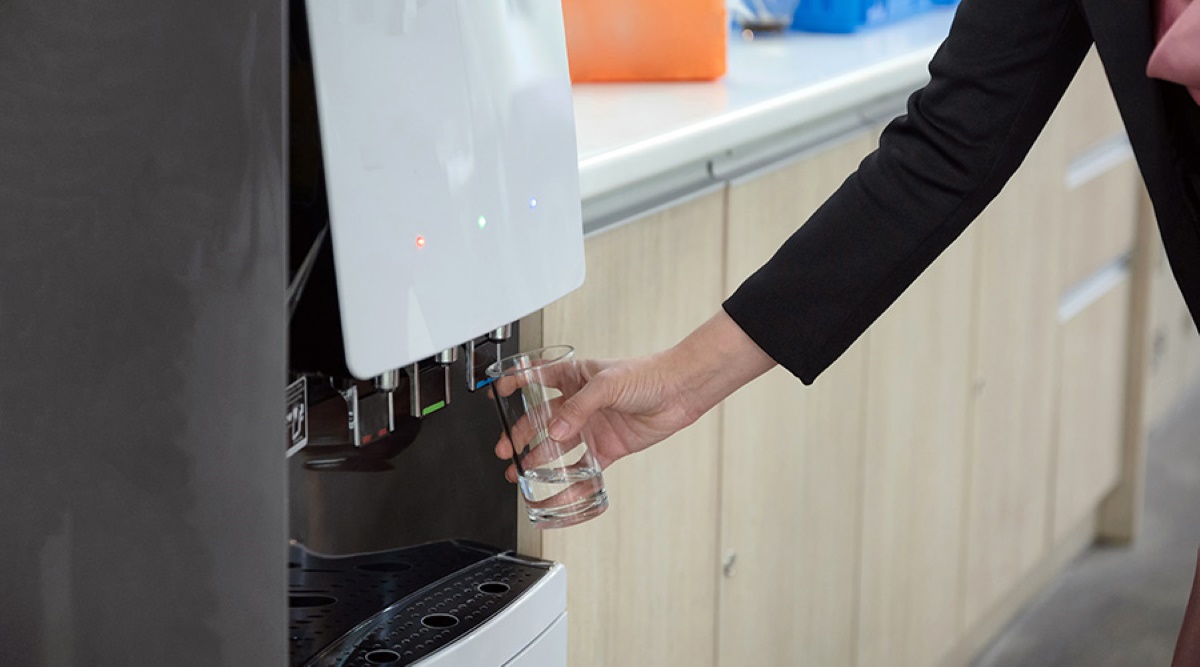
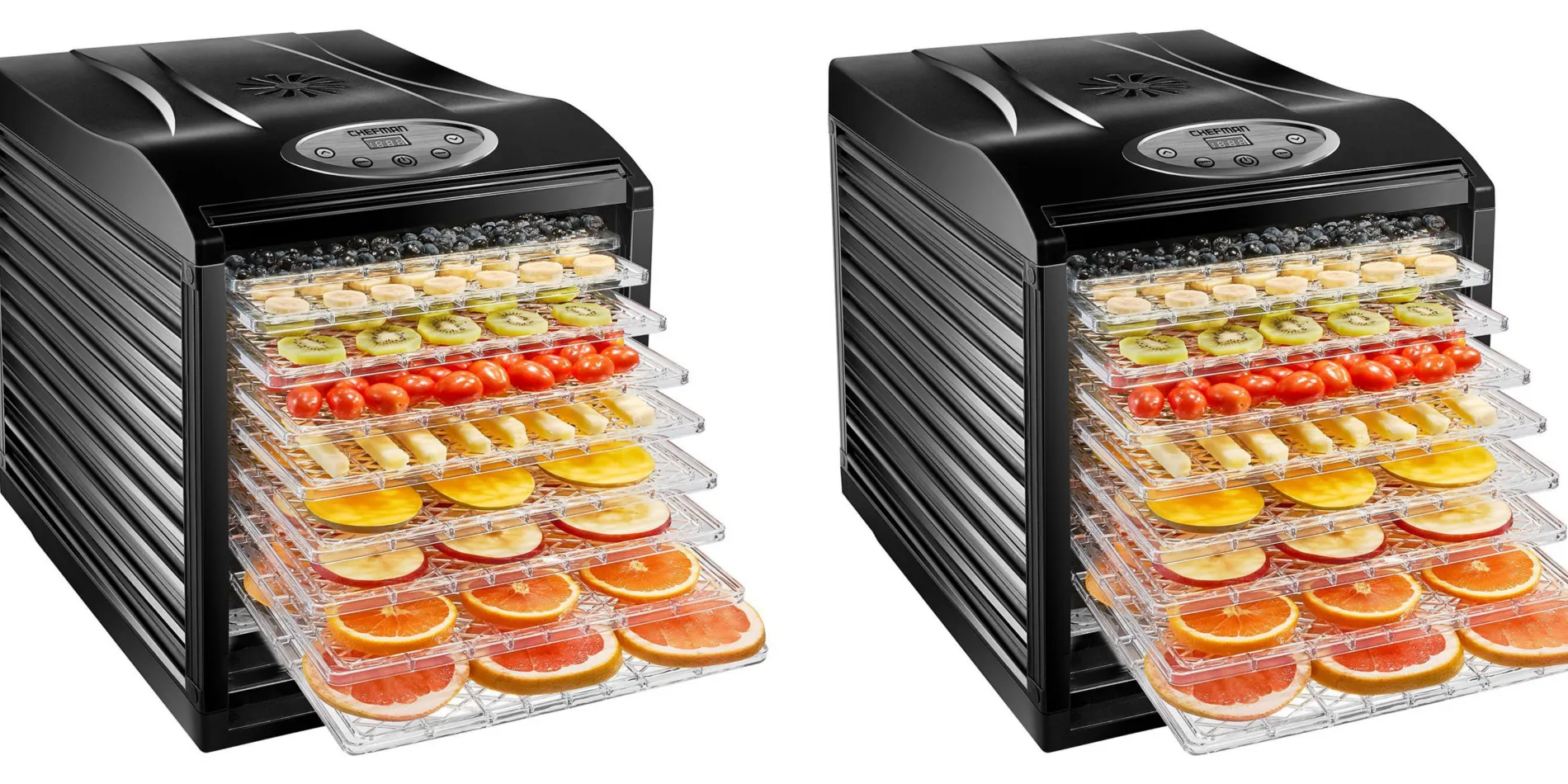
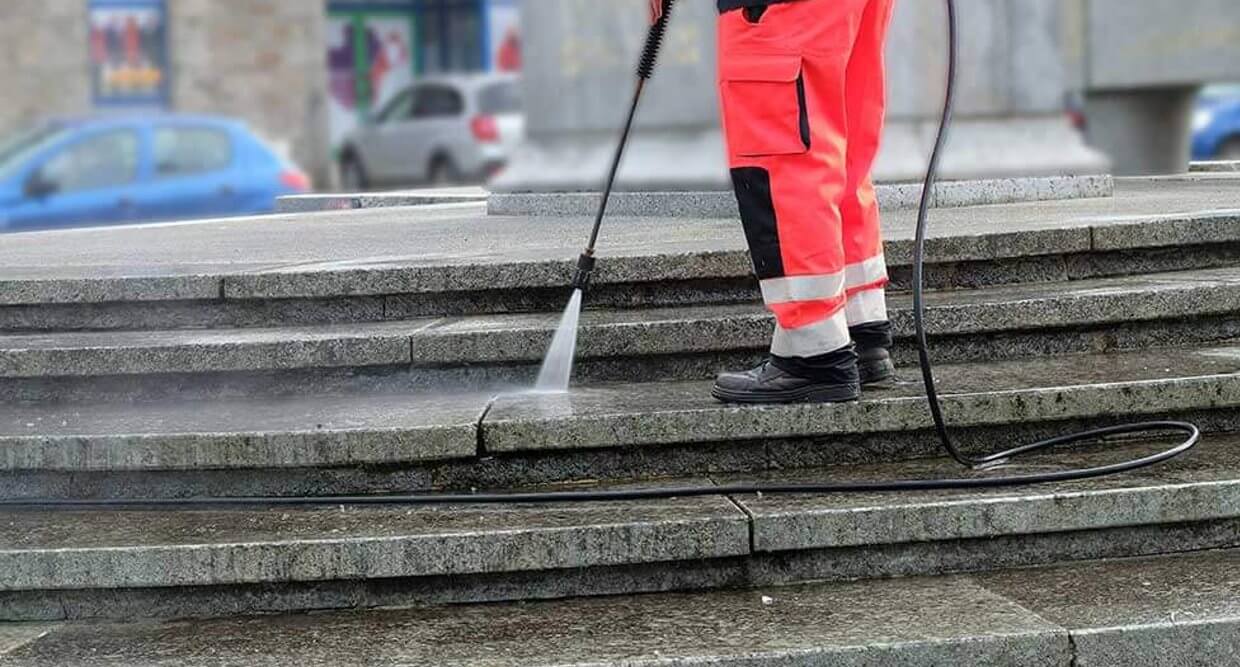
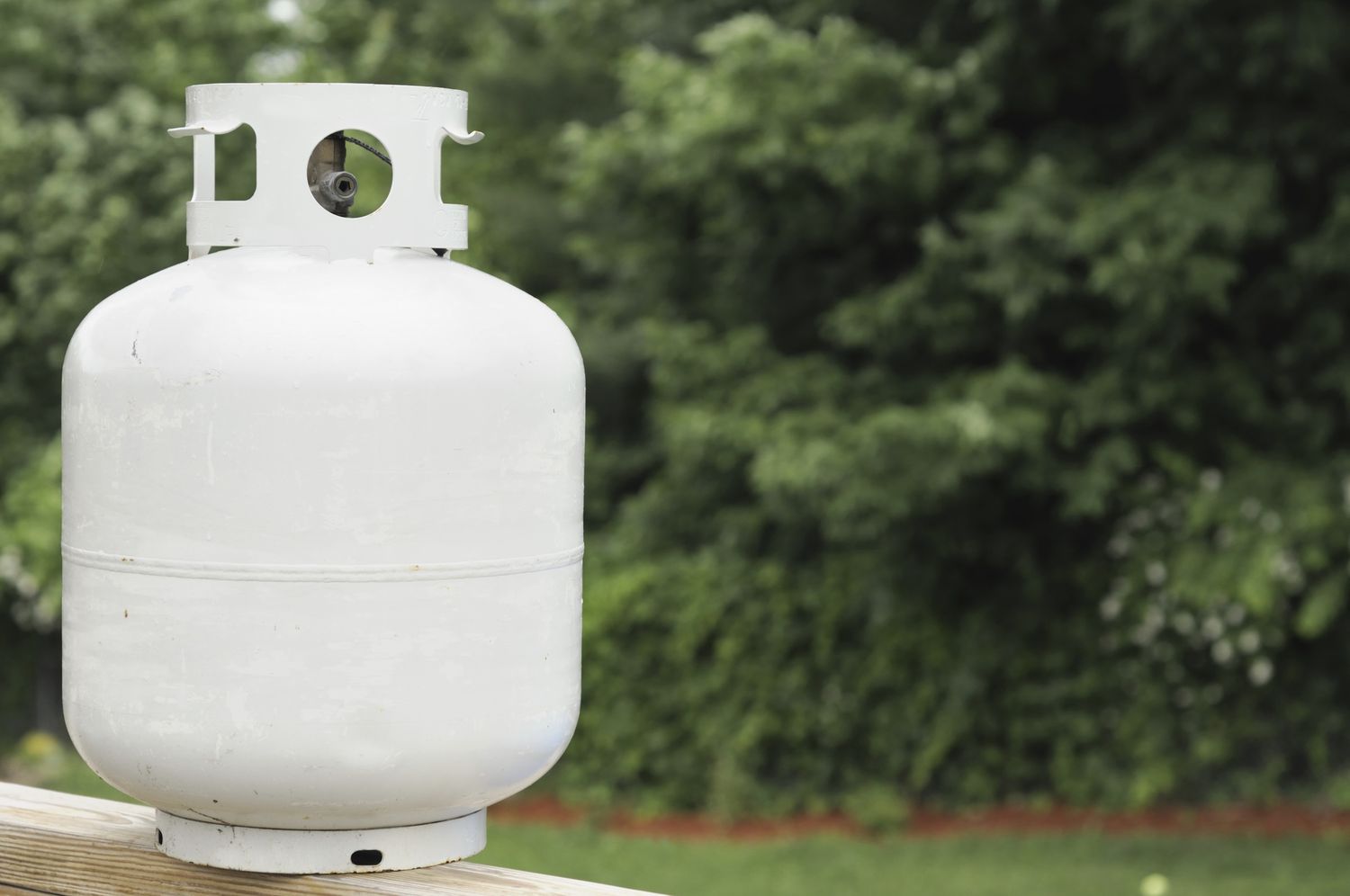
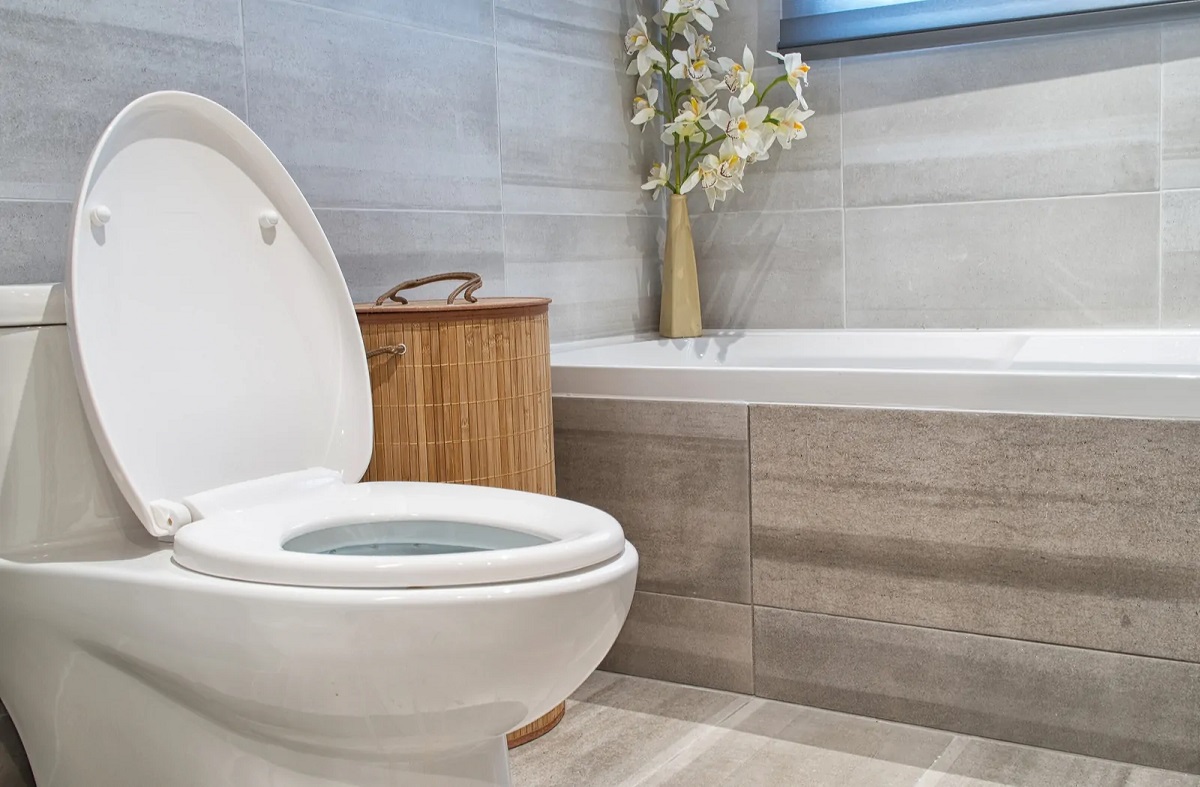
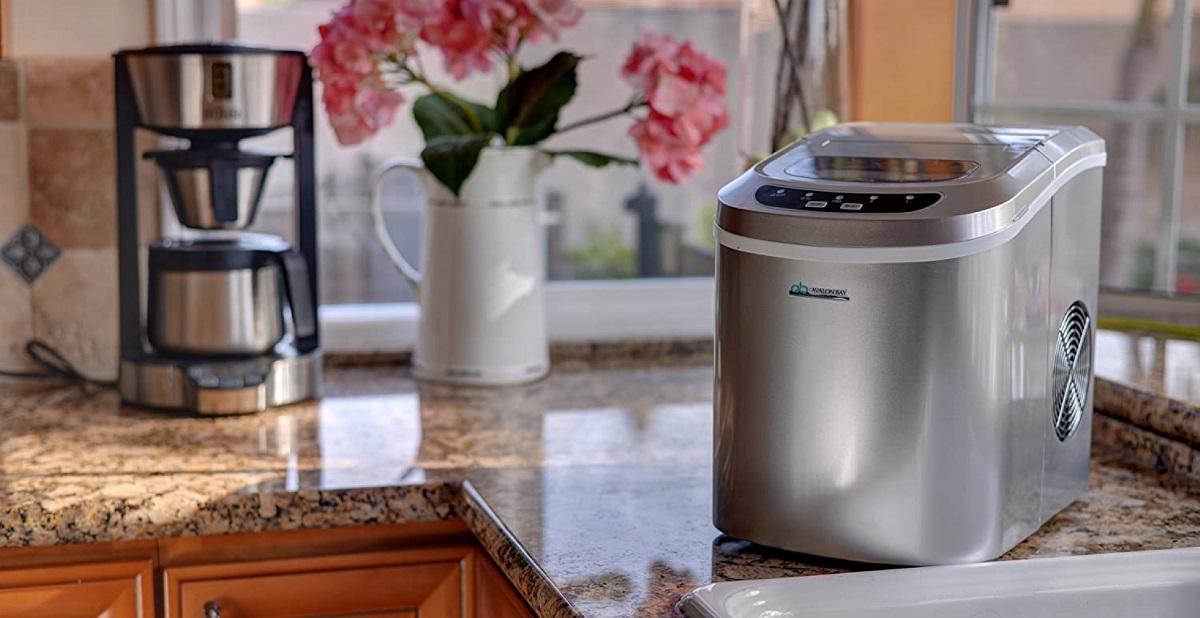
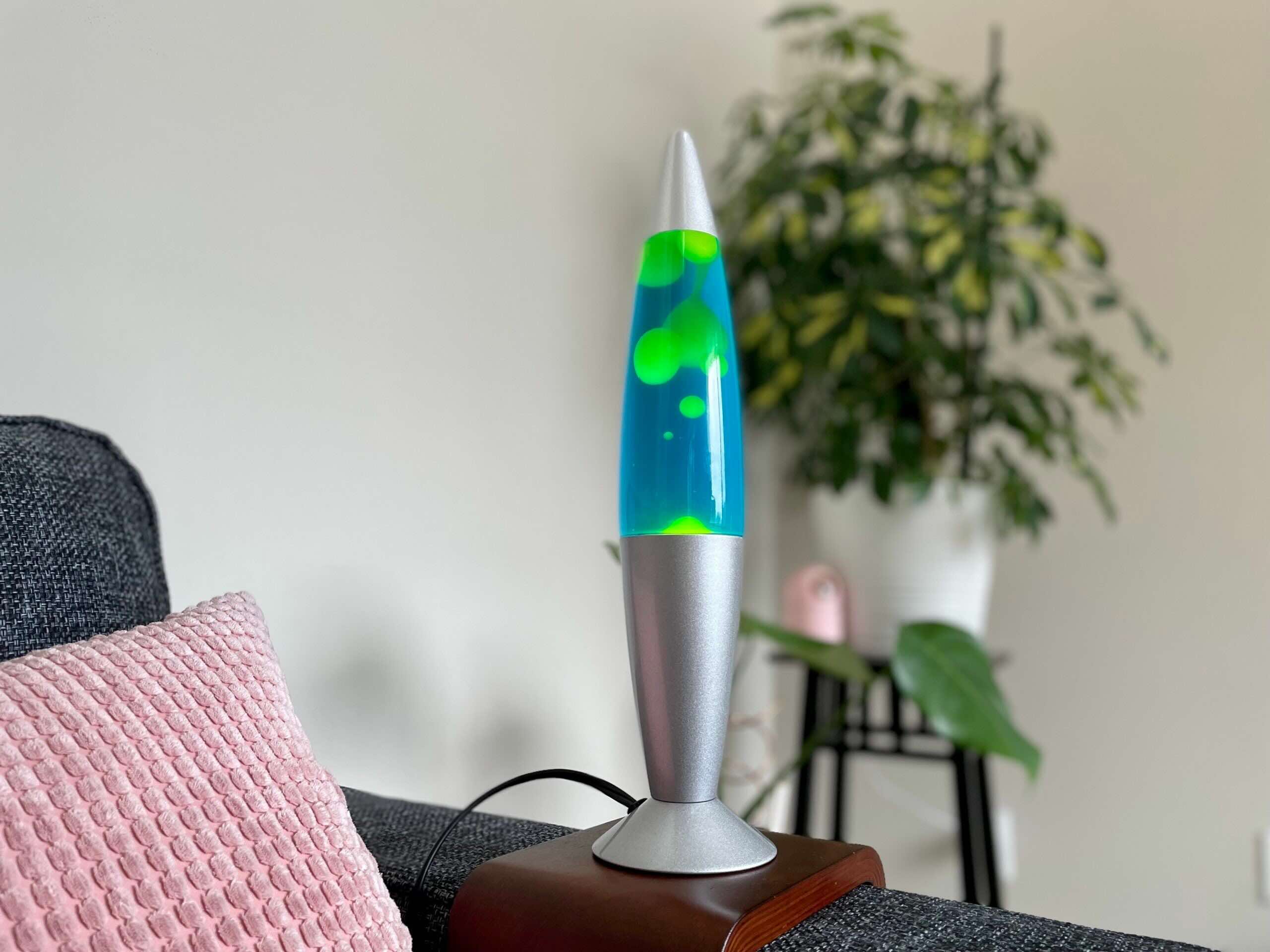
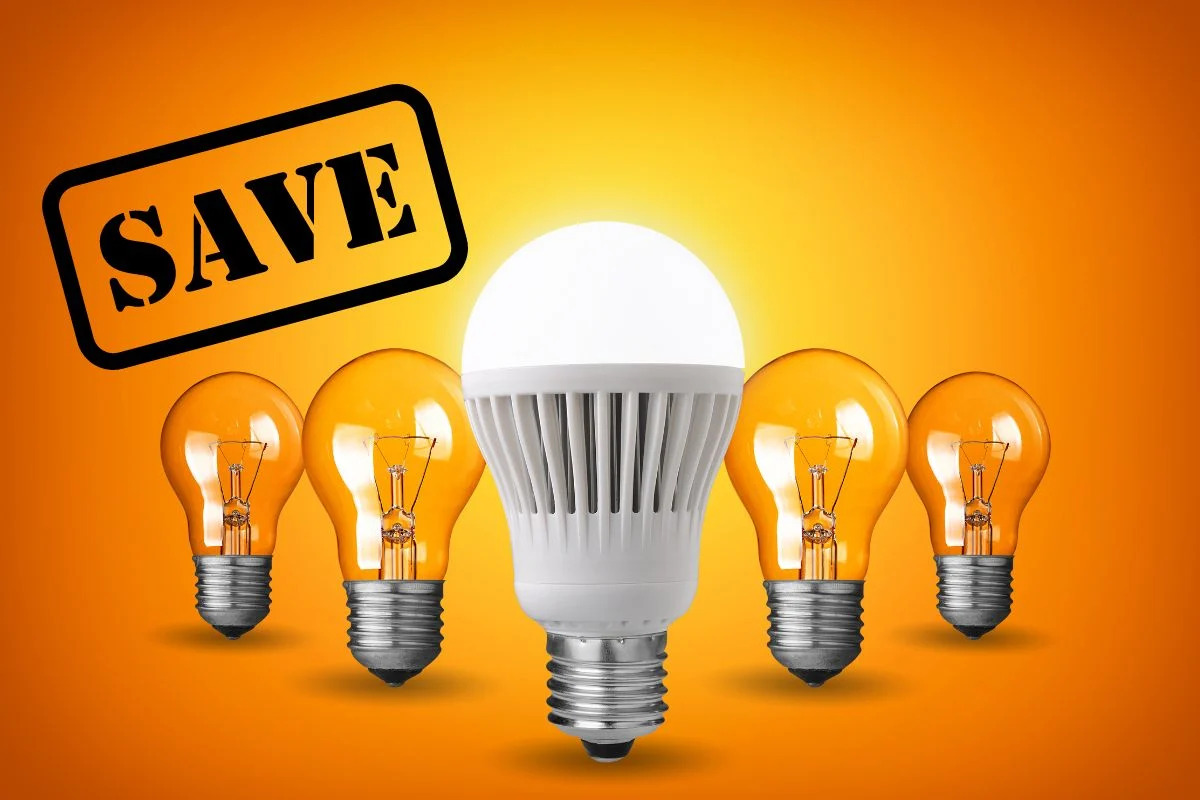
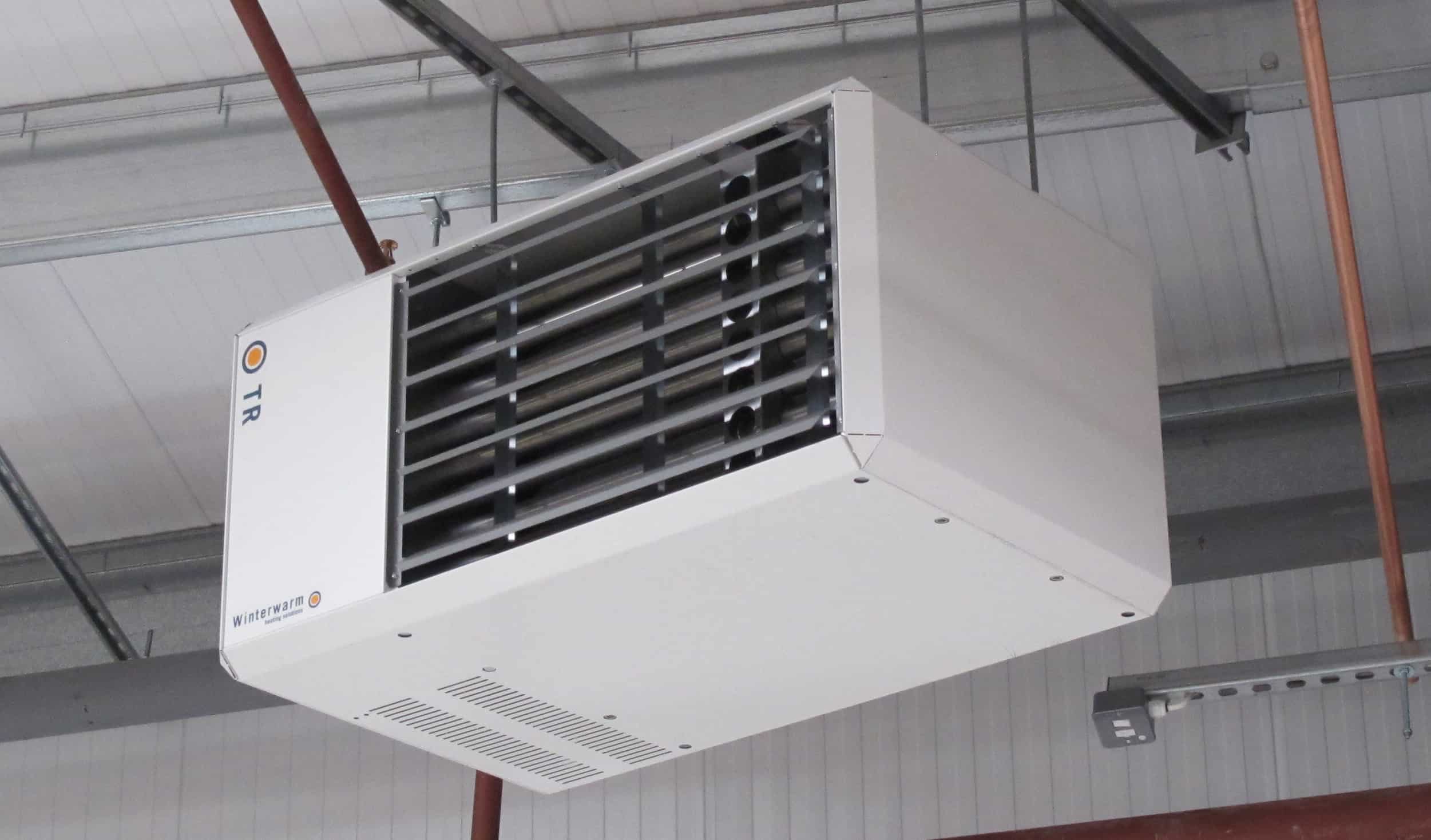
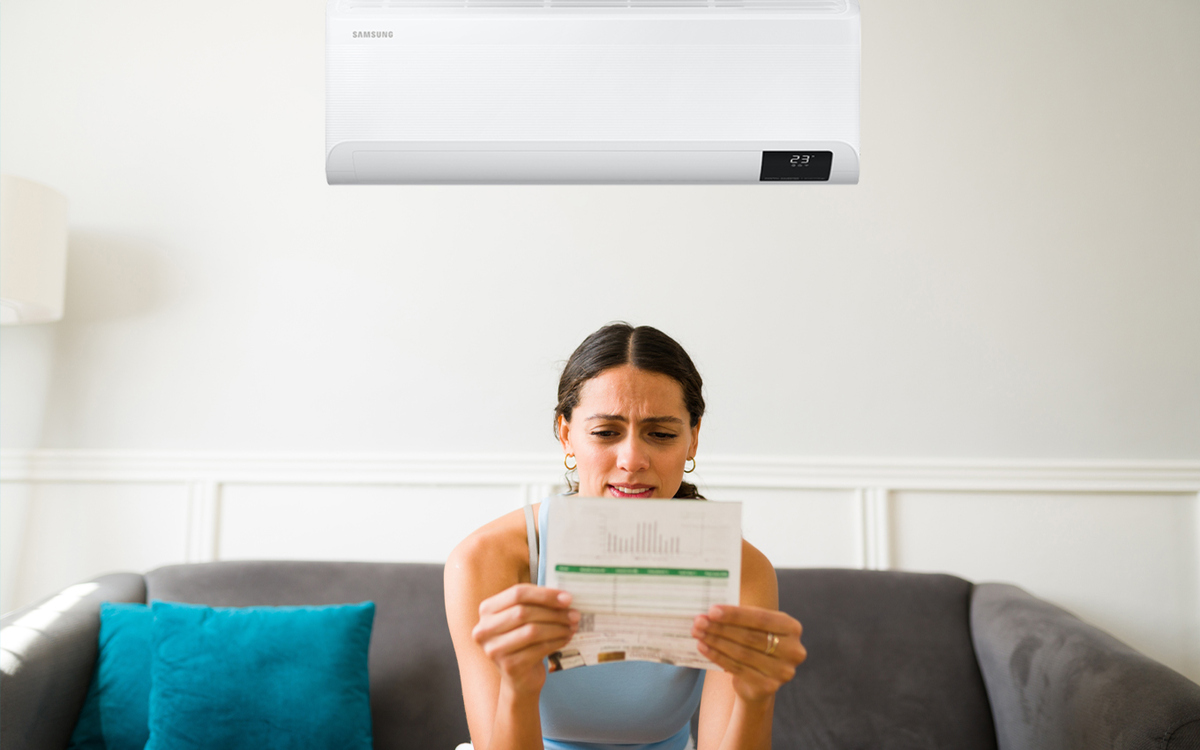
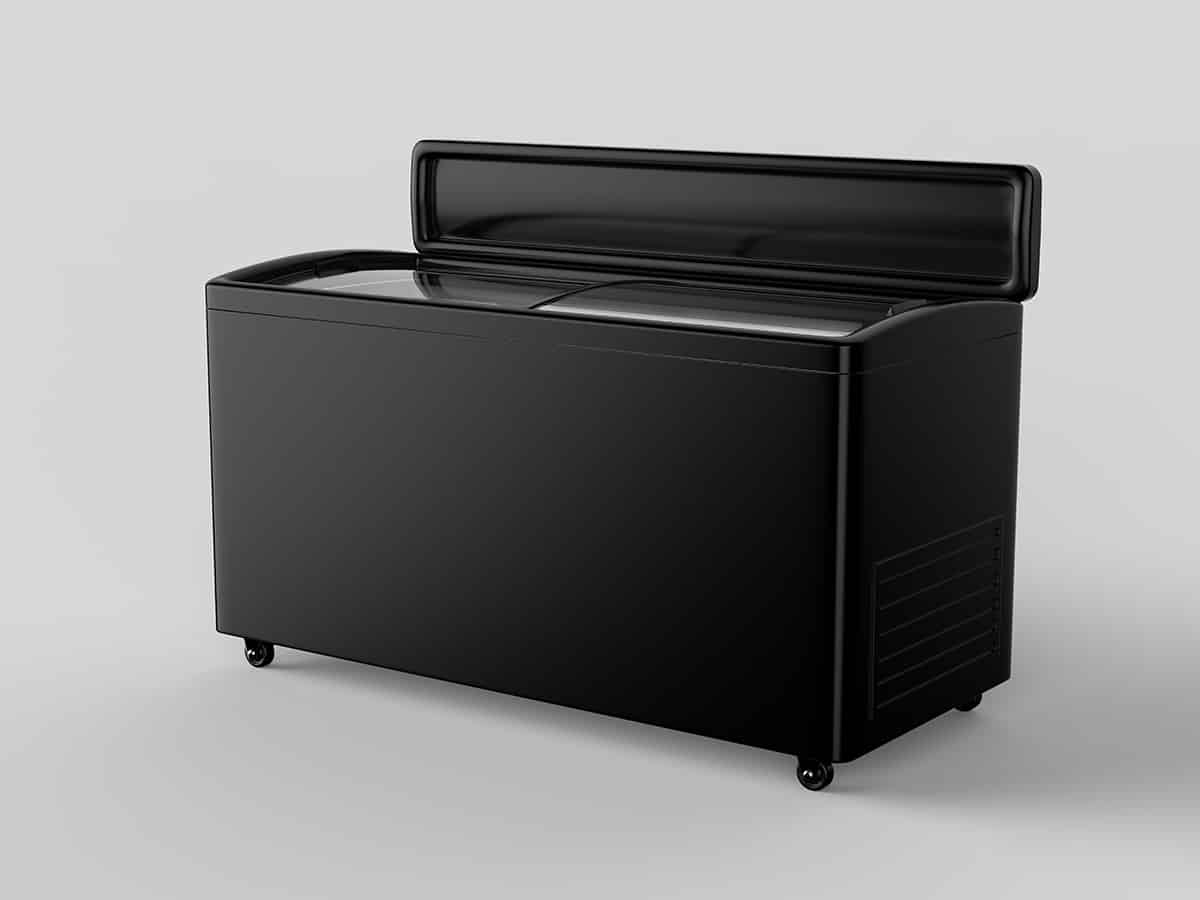

0 thoughts on “How Much Electricity Does A Water Dispenser Use”